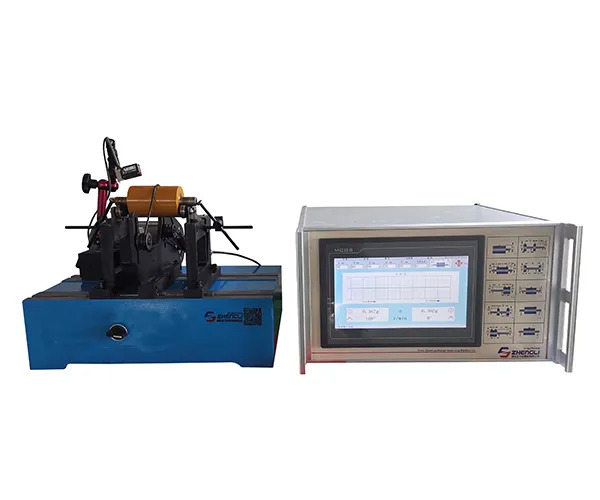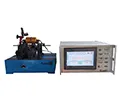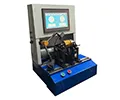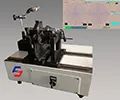
YYQ-1.6
Horizontal Balancing Machine
Hard-bearing balancing machine (belt drive) for workpiece with diameter of up to 200mm and weight of 0.1-1.6kg
- Small horizontal hard-bearing balancing machine with belt drive
- Suitable for workpieces with sizes up to 200 mm and weigh up to 1.6 kg
- Maintains unbalance resolution below 0.3 g·mm/kg, even with very light components
- Compact and portable structure with minimal floor space requirements
- Can handle different small workpieces for applications in various industries
Applications
Used for balancing small rotating parts such as micro motors, power tools, small fans, high-speed components in gasoline and diesel engines, fast-running gears and shafts, and specialized parts in textile machinery.









